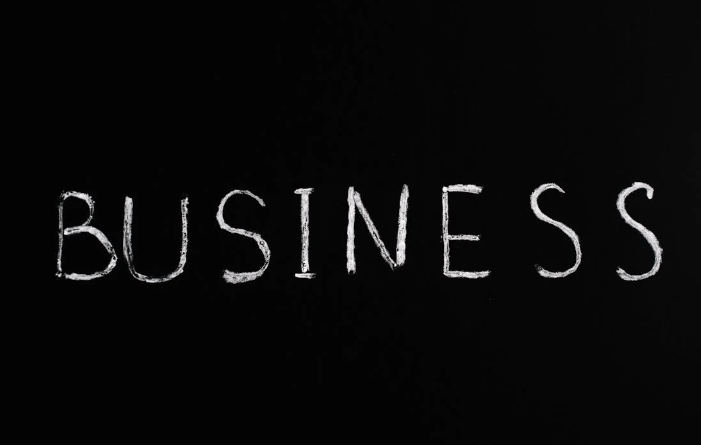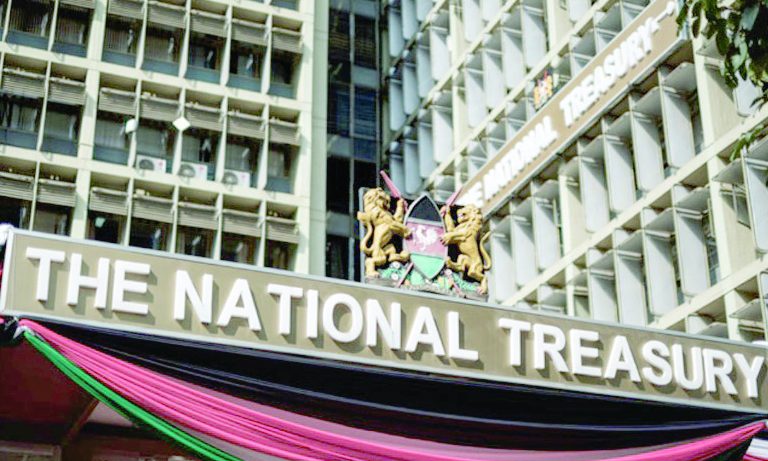Business growth hits a 27-month high in April

Business activity in Kenya gained momentum in April, as companies ramped up purchases of raw materials and key inputs in response to a surge in new orders and heightened production.
The growth marks the strongest improvement in business conditions since February 2022, signaling rising confidence in market demand across key sectors of the economy.
According to the latest Stanbic Bank Kenya Purchasing Managers’ Index (PMI), the index rose to 52 in April, up from 51.7 in March.
This is the highest level recorded since January 2023 and marks the third consecutive month of expansion in the private sector.
Sustained recovery
A PMI reading above 50 reflects an improvement in business conditions, with the April figure pointing to sustained recovery, particularly in services and agriculture.
The report notes that the upturn was fueled by stronger customer demand, which led to the sharpest increase in new orders in over two years. In response, businesses boosted output and increased their stock of inputs to avoid supply shortfalls. Inventories rose at the fastest pace in six months, with many firms citing better preparedness to meet growing client demand.
Economist Christopher Legilisho of Standard Bank attributed the improvement to more effective customer engagement and marketing strategies, which helped stimulate sales. He noted that sectors such as services and construction also saw improved employment conditions. Although much of the hiring focused on temporary roles, it represented the fastest pace of job creation in nearly a year. Higher sales and growing workloads further prompted firms to step up purchasing activity and expand their input inventories.
“To address rising demand from consumers, firms ramped up purchasing activity and increased inventories of raw materials and key inputs. This was especially so in the services and agricultural sectors,” said Legilisho.
Higher costs passed to consumers
However, despite these encouraging signs, caution remains. Input costs rose to a three-month high, driven by supply constraints and increased tax burdens. This pushed output prices upward, particularly in the manufacturing sector, as firms passed higher costs on to consumers. Sector performance remained uneven—services, agriculture, and construction expanded solidly, while manufacturing, wholesale, and retail trailed behind.
Adding to the concern is a persistently low level of business confidence. Only five per cent of surveyed firms expected output to rise over the next year, pointing to ongoing uncertainty in the business environment. Inflationary pressures also reemerged, with Kenya’s annual inflation rate climbing to 4.1 per cent in April from 3.6 per cent in March—the highest since August 2024. The increase was largely due to higher prices of food, transport, and housing.
At the same time, companies continue to grapple with a challenging tax regime that includes a 16 per cent Value Added Tax, a 30 per cent corporate tax, and a range of excise duties, further complicating cost management and planning.















